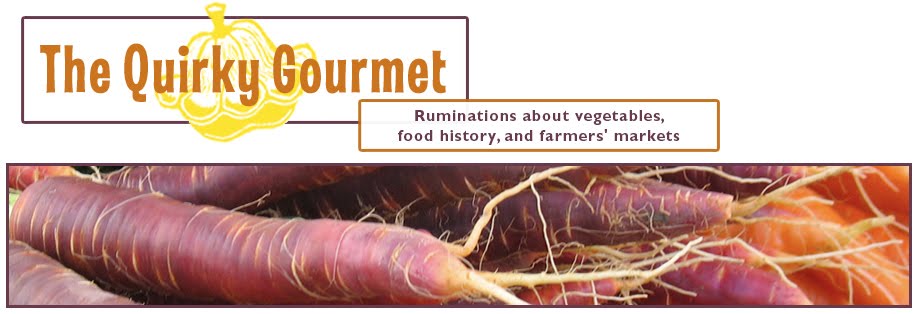
These are servings of strawberry shortcake stacked on the espresso machine at the defunct Patty Pan Cafe during this past Monday's Humble Feast dinner. We were at close to capacity for both seatings and a bit tight on counter space as well, which is why we were stacking the strawberry shortcakes on the espresso machine.
After some rough spring months where ingredients were hard to come by, Monday's dinner finally felt bountiful. We bartered for many of the ingredients, and even made some additions to the menu simply in order to use some of the items that we acquired during the course of our market adventures. This was my original vision, and it was exciting to see it coming to fruition.
Next month we're expanding to two dinners: the Ballard Eagles' Lodge on Monday July 18th, and the Mountlake Community Center on Monday July 25th. It'll be the same menu for both events. I'm thinking Mediterranean food because we should be getting into tomato and cucumber season by then.
Here's a recipe for braised baby turnips from Monday's dinner:
Braised Baby Turnips (makes 4 servings)
2 tablespoons olive oil
4 spring onions, finely sliced
1 fennel bulb, finely chopped
2 tablespoons chopped garlic
1 teaspoon salt
1 pound baby turnips, trimmed and quartered (Save the greens for another recipe.)
1/4 cup balsamic vinegar
1/2 cup orange juice
Black pepper to taste
Heat the olive oil in a medium-size saucepan. Add the onions, fennel, garlic and salt, and cook for about 5 minutes on medium-low heat, stirring often, until the onion is soft and transluscent.
Add the turnips, balsamic vinegar, and orange juice. Bring the mixture to a boil, and then lower the heat, cover the pan, and cook for about 10 minutes on low heat, until the turnips are tender.






